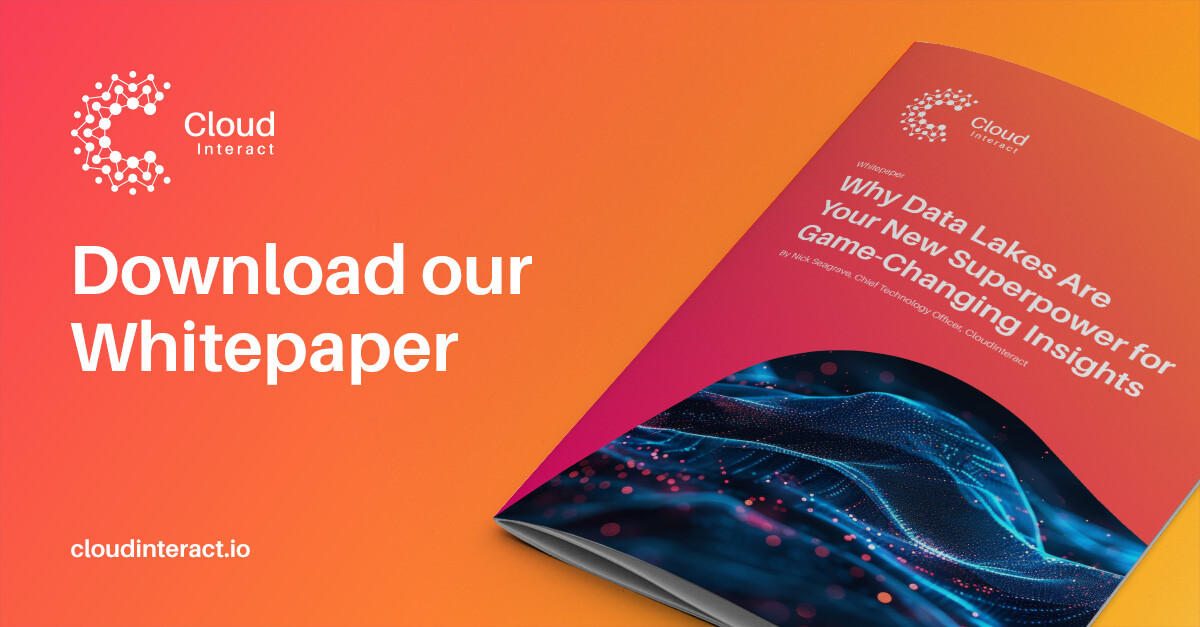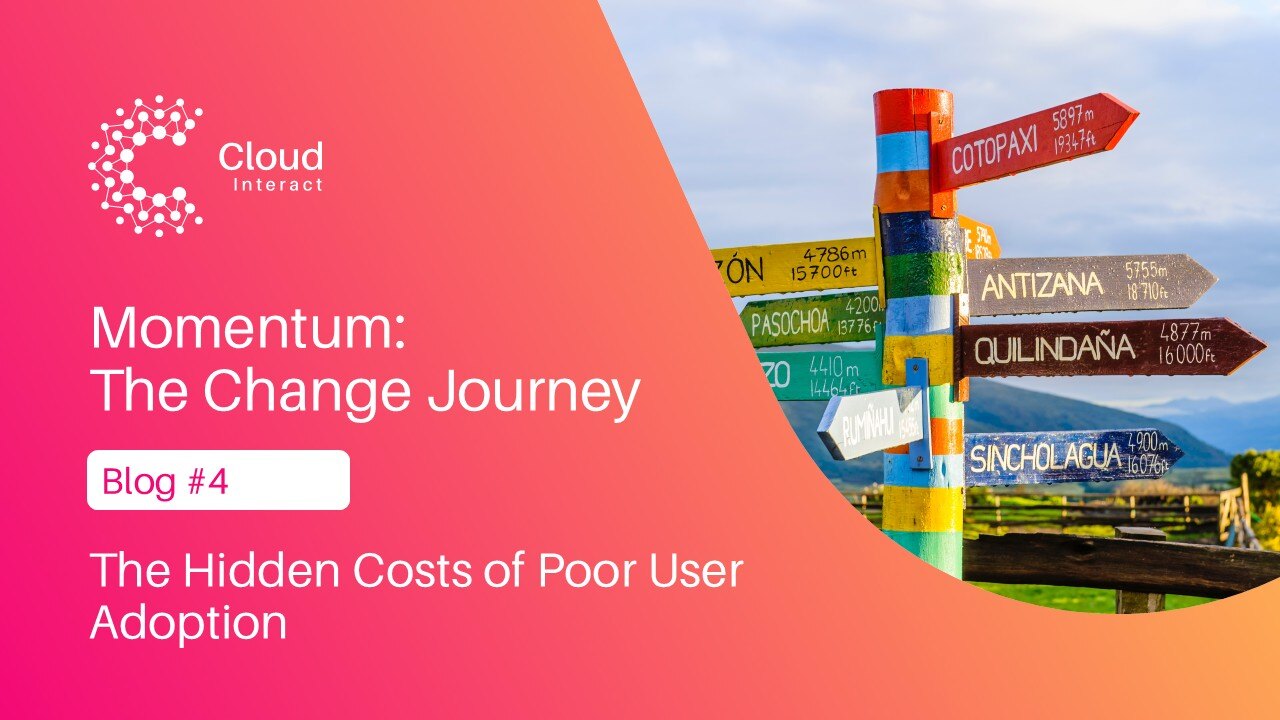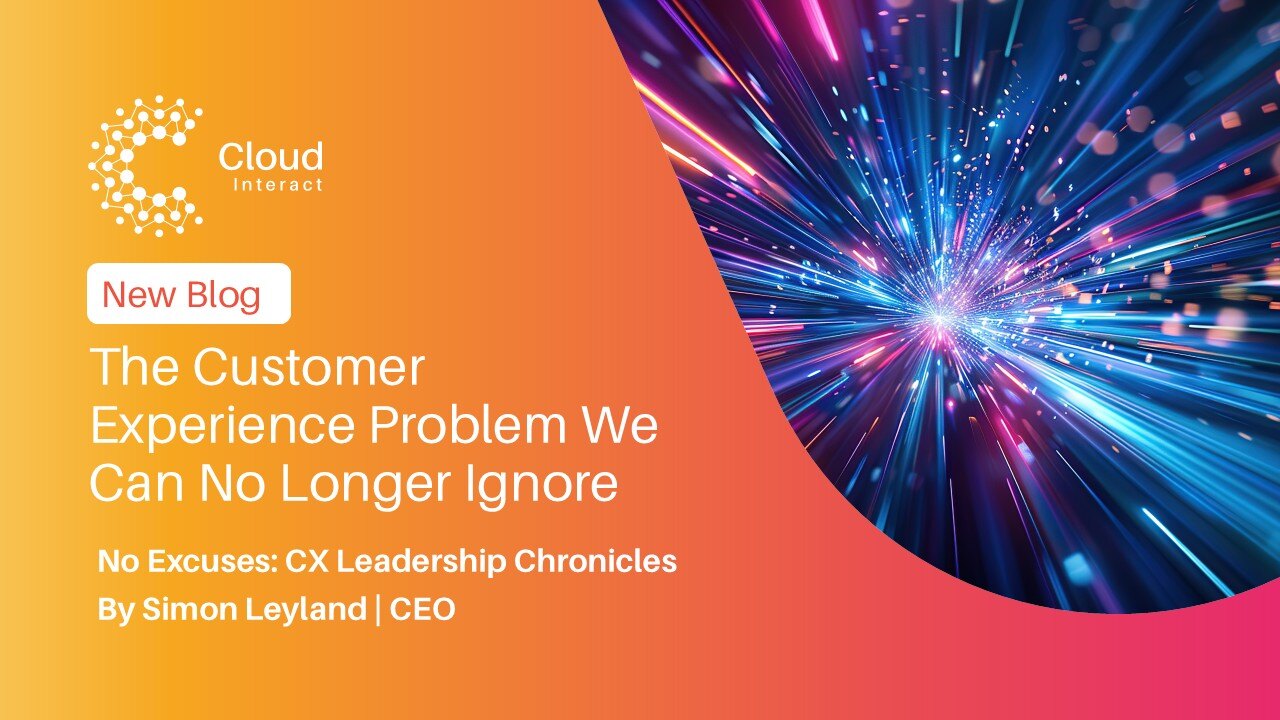Welcome to Tech Talk: Cutting Through the Hype
In this series, I'll lift the lid on the hype and cut through the hyperbole surrounding the technologies they claim will revolutionise our industry.
 But let's be real: not everything that glitters is gold. Each post will cut through the noise and give you the straight talk you need to make informed decisions. Expect no jargon - just honest insights, practical advice, and a clear look at what’s worth your time and investment in the tech landscape. Let’s separate fact from fiction and get to the heart of what really matters.
But let's be real: not everything that glitters is gold. Each post will cut through the noise and give you the straight talk you need to make informed decisions. Expect no jargon - just honest insights, practical advice, and a clear look at what’s worth your time and investment in the tech landscape. Let’s separate fact from fiction and get to the heart of what really matters.
Nick Seagrave | CTO & Co-Founder, CloudInteract
Customer Experience (CX) is often seen as a critical function, yet many CX teams struggle to prove their real value. They report Net Promoter Scores (NPS), customer satisfaction ratings, and customer effort scores - but when it comes to securing investment and demonstrating business impact, these metrics often fall short.
Why? Because they don’t tell the full story.
The Missing Piece: Measurement and Attribution
![]() The language of business is and always will be the language of finance. If CX leaders can’t connect their work to revenue growth, retention, or margin improvement, they won’t get a seat at the executive table.
The language of business is and always will be the language of finance. If CX leaders can’t connect their work to revenue growth, retention, or margin improvement, they won’t get a seat at the executive table.
To do this well requires a crucial step - measurement and attribution. Many teams rush to report top-line CX metrics that feel impressive but lack the rigor needed to prove causation. Want to attribute revenue impact to customer service engagements? You need to be tracking every interaction in a scalable way. Want to understand how customer spend changed after an advocacy programme? Your financial data needs to be directly linked to your CX engagement data.
This isn’t just about data collection - it’s about strategy. And that means:
- Capturing every engagement in a structured way. Without clean, trackable interactions, meaningful attribution is impossible.
- Running controlled experiments. We can learn a lot from product growth teams, who test causation instead of assuming correlation.
- Connecting financials to CX data. If your CX platforms aren’t integrated with revenue and margin data, you’re making decisions in the dark.
Are Your Metrics Telling the Truth?
![]() Turns out, the devil is in the details. If your NPS measurements are skewed and designed to yield a high score rather than reflect genuine customer sentiment - and I’ve seen this happen time and time again - your metrics might look impressive in a slide deck, but they won’t hold up under scrutiny.
Turns out, the devil is in the details. If your NPS measurements are skewed and designed to yield a high score rather than reflect genuine customer sentiment - and I’ve seen this happen time and time again - your metrics might look impressive in a slide deck, but they won’t hold up under scrutiny.
This is a common pitfall. If CX metrics don’t align with tangible business outcomes - like customer retention, expansion, or deal acceleration - then they fail to provide real strategic value.
From Vanity Metrics to Business Drivers
 CX isn’t a vanity project. The teams that treat it as one are in the wrong job. Every CX metric should drive the business forward, whether by increasing revenue, improving retention, or enhancing profitability. The key is understanding how to measure this impact in a way that resonates at the executive level.
CX isn’t a vanity project. The teams that treat it as one are in the wrong job. Every CX metric should drive the business forward, whether by increasing revenue, improving retention, or enhancing profitability. The key is understanding how to measure this impact in a way that resonates at the executive level.
So what does that look like?
- Instead of tracking NPS in isolation, tie it to churn prevention. What percentage of detractors left? What did it cost the business?
- Instead of celebrating high satisfaction scores, track how CX interventions influence deal acceleration. How many customers signed contracts faster after a successful onboarding experience?
- Instead of measuring interactions, measure outcomes. What percentage of customers who engaged with a CX program expanded their contracts?
CX leaders who understand this don’t just survive budget discussions - they shape them.
How Apollo Helps CX Teams Prove Their Worth
 Apollo is designed for CX leaders who need to move beyond surface-level metrics and prove business impact. By tracking and integrating customer interactions, revenue impact, and engagement outcomes, Apollo enables CX teams to:
Apollo is designed for CX leaders who need to move beyond surface-level metrics and prove business impact. By tracking and integrating customer interactions, revenue impact, and engagement outcomes, Apollo enables CX teams to:
- Identify and quantify the revenue at risk from customer churn.
- Pinpoint expansion opportunities through real-time insights.
- Directly connect CX performance to business growth metrics.
This is what separates the CX teams that lead from those that struggle for relevance.
CX Leaders: It’s Time to Elevate the Conversation
 Too many CX teams still rely on the same old metrics that don’t translate to executive priorities. If CX leaders want to drive real change, they need to start speaking the language of business - one that ties every experience back to measurable financial outcomes.
Too many CX teams still rely on the same old metrics that don’t translate to executive priorities. If CX leaders want to drive real change, they need to start speaking the language of business - one that ties every experience back to measurable financial outcomes.
Because in the end, it’s not about how satisfied customers say they are. It’s about whether they stay, spend, and advocate.
Apollo helps you make that connection. Let’s talk.




